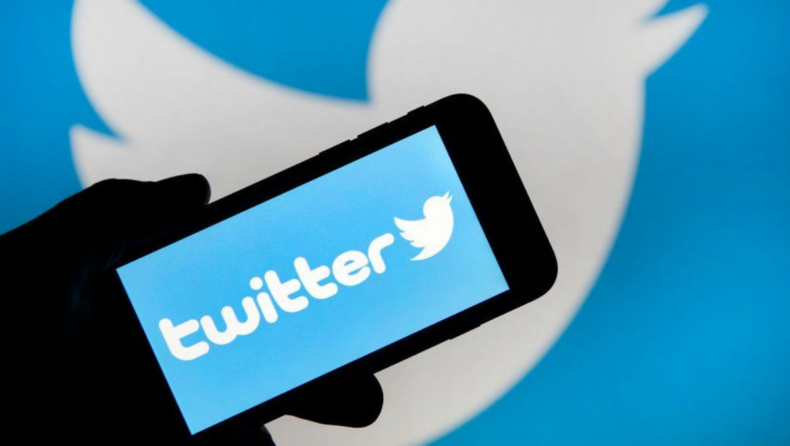Much to Twitter users’ excitement, Twitter today launched a new tool – Twitter Shops- that allows sellers to create a collection of up to 50 products to display on their Twitter profile. This service is free to use and is designed to encourage users to move from talking about things on Twitter to actually clicking through to the merchant’s website and checking out.
However, unlike Instagram’s Shops, these transactions would not take place on Twitter itself. Instead, viewers would visit the merchant’s shop by clicking the “View Shop” icon over their tweets.
When the consumer is ready to buy, they will click on the item, which will take them to the seller’s website where they can finish the transaction. An in-app browser is used for this experience.
Last summer, Twitter launched an e-commerce test that allowed users to browse products from a “Shop Module” at the top of a seller’s profile. This module, on the other hand, only allowed customers to scroll through up to five products.
The new Twitter Shops allows sellers to display a broader catalogue that they may submit as a CSV file. The file can have up to 10,000 goods, each with its own name, description, price, and other information, allowing the seller to quickly rotate the 50 products featured on their profile over time.
Twitter started testing a new livestream shopping platform in November, with Walmart as the first beta tester. Walmart received more than 2 million views during the livestreamed event, according to Twitter, but the company did not reveal how many of those views resulted in conversions.
Other managed partners, such as Gopuff, a meal delivery service, and Samsung, have since joined Live Shopping. The new Twitter Shops, as well as the Shop Module and Live Shopping functionality, are all contained under Twitter’s Shopping Manager, a dashboard where merchants can set up and manage the various shopping options.
Twitter’s managed partners may now use the Shopping Manager, according to the firm. The Twitter Shops will be under beta testing in the United States in English with hundreds of businesses when it launches. In the future, the firm intends to recruit and enroll additional vendors and managed partners as beta participants.
The e-commerce growth comes during a period in which Twitter has been releasing new services at a breakneck speed. It has released Super Follows, a collection of creator tools, Twitter Blues, a subscription product for power users, Revue, newsletters, in-app tipping, Twitter Spaces, numerous NFT avatars, and more in the last year or two.
However, others have argued that these attempts are diverting attention away from the more crucial work that needs to be done in areas such as the propagation of disinformation and propaganda, which is more important than ever during the Russia-Ukraine conflict.
- Over the years, Twitter has shut down several initiatives that may have contributed more video to its site, such as Periscope, a live video platform, and Vine, a TikTok forerunner.
- Another problem for Twitter’s e-commerce operations is how end users view the social network. Given Twitter’s still text-heavy nature, it’s unclear how many users consider it as a way to discover things.
- Meanwhile, today’s online shoppers prefer to purchase on social media via Instagram photographs and videos, and increasingly through TikTok videos.
- TikTok’s viral nature, in particular, can drive more impulsive purchases; during an event last month, TikTok told its creators that 48 percent of users had at one time purchased a product after seeing it on the site, and 67 percent had purchased even when they weren’t seeking to shop.
Twitter obviously wants a piece of the action, but rivals like TikTok make online purchasing a logical extension of the serendipitous discovery the site currently offers through immersive video and tailored home feeds.
When Twitter Shops first launched, it was a hit. And at launch, it will only be available to iPhone users for the time being.
Published By: Apoorva Wakodikar
Edited By: Subbuthai Padma













